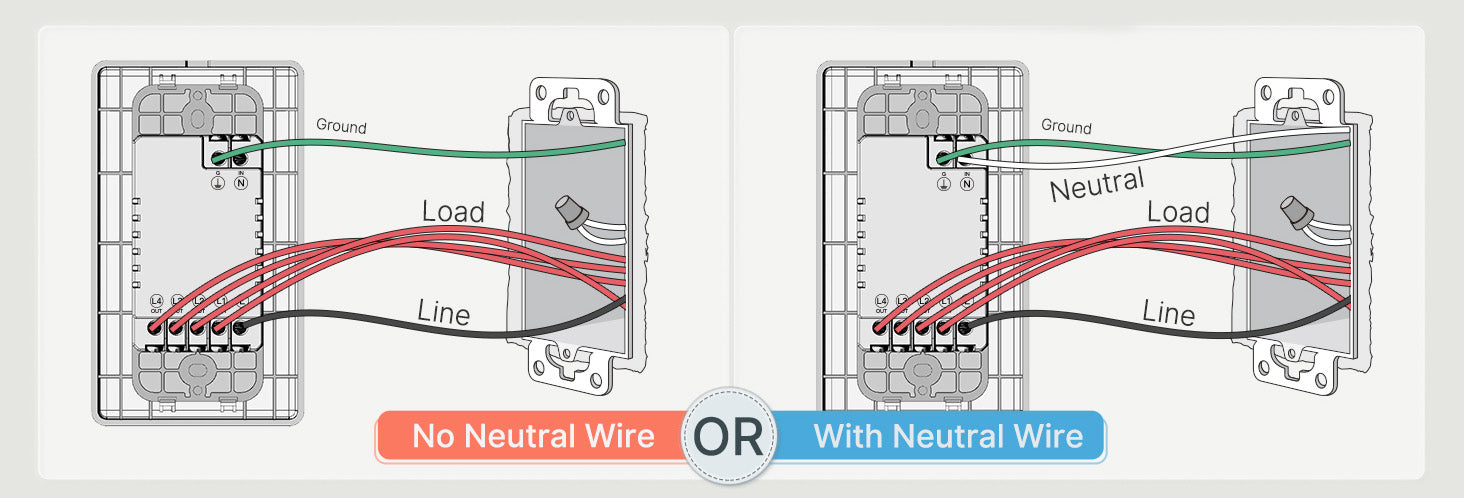The term "common wire" on a light switch usually refers to the common terminal, which is a crucial connection point, especially in 3-way or 4-way switch configurations. It's the terminal where the wire carrying power into the switch (the "hot" wire from the source) or the wire carrying power out to the light fixture (the switched live) is connected.
Function of the Common Terminal
In a single-pole switch (a simple on/off switch), both terminals are essentially interchangeable for the hot wires. However, in a 3-way switch, the common terminal is distinct and critical. Power flows either from the source to the common terminal of the first switch, or from the common terminal of the second switch to the light fixture.
- For the switch receiving power from the source, the common terminal is connected to the incoming hot wire.
- For the switch connected to the light fixture, the common terminal is connected to the wire going to the light.
The other two terminals on a 3-way switch are called "traveler" terminals, and traveler wires run between these terminals on the two switches, allowing either switch to complete or break the circuit to the light.

Identifying the Common Wire/Terminal
- Terminal Screw Color: On a 3-way switch, the common terminal screw is often a different color (typically darker, like black or bronze) than the traveler terminal screws (which are usually brass or lighter colored).
- Wire Color (US): The wire connected to the common terminal is typically black (hot wire). While "neutral" wires are often white or gray and are generally not connected directly to standard switches (except for smart switches), the term "common wire" in the context of a switch terminal specifically refers to the line or load hot conductor.
- Wire Color (Europe): In some European wiring, blue can be used for a switched live conductor, but it's more commonly associated with neutral. Brown or black is typically live. Color coding can vary, so always verify with a voltage tester.
It's important to distinguish the "common terminal" on a switch from a "common wire" in the broader sense of a neutral wire. In the context of a switch itself, "common" refers to the pivot point for the electrical current path it controls.
Note: Always ensure the power is off at the circuit breaker before working on any electrical wiring. If unsure, consult a qualified electrician.










